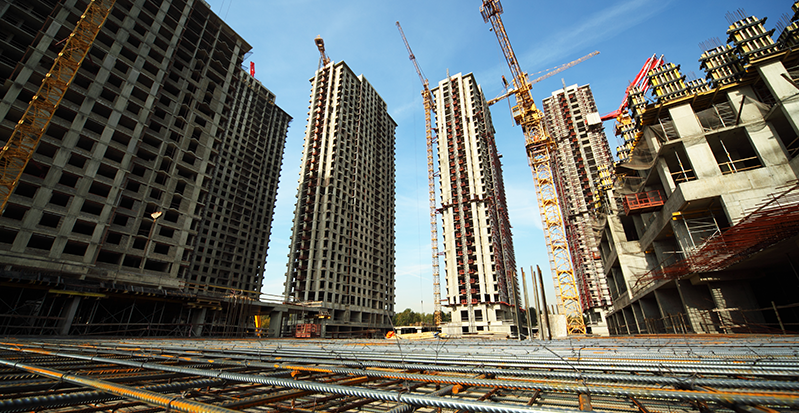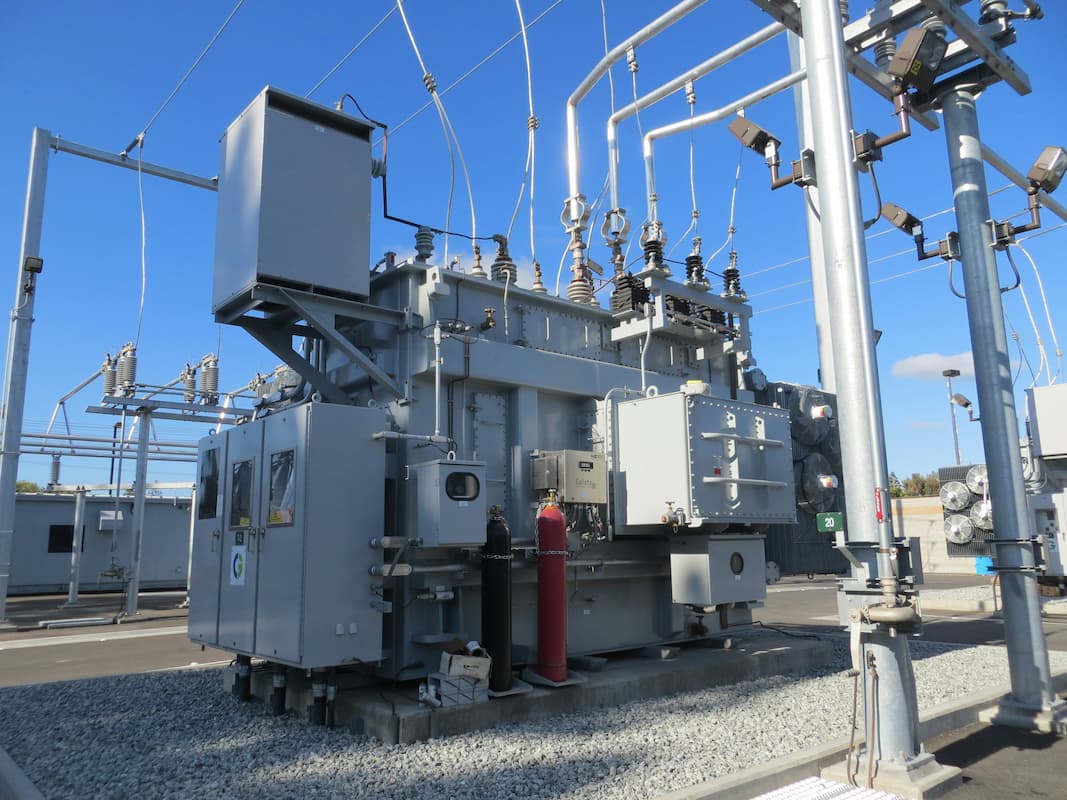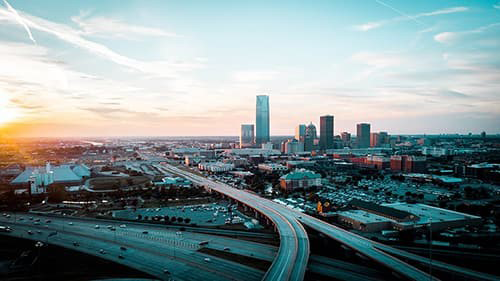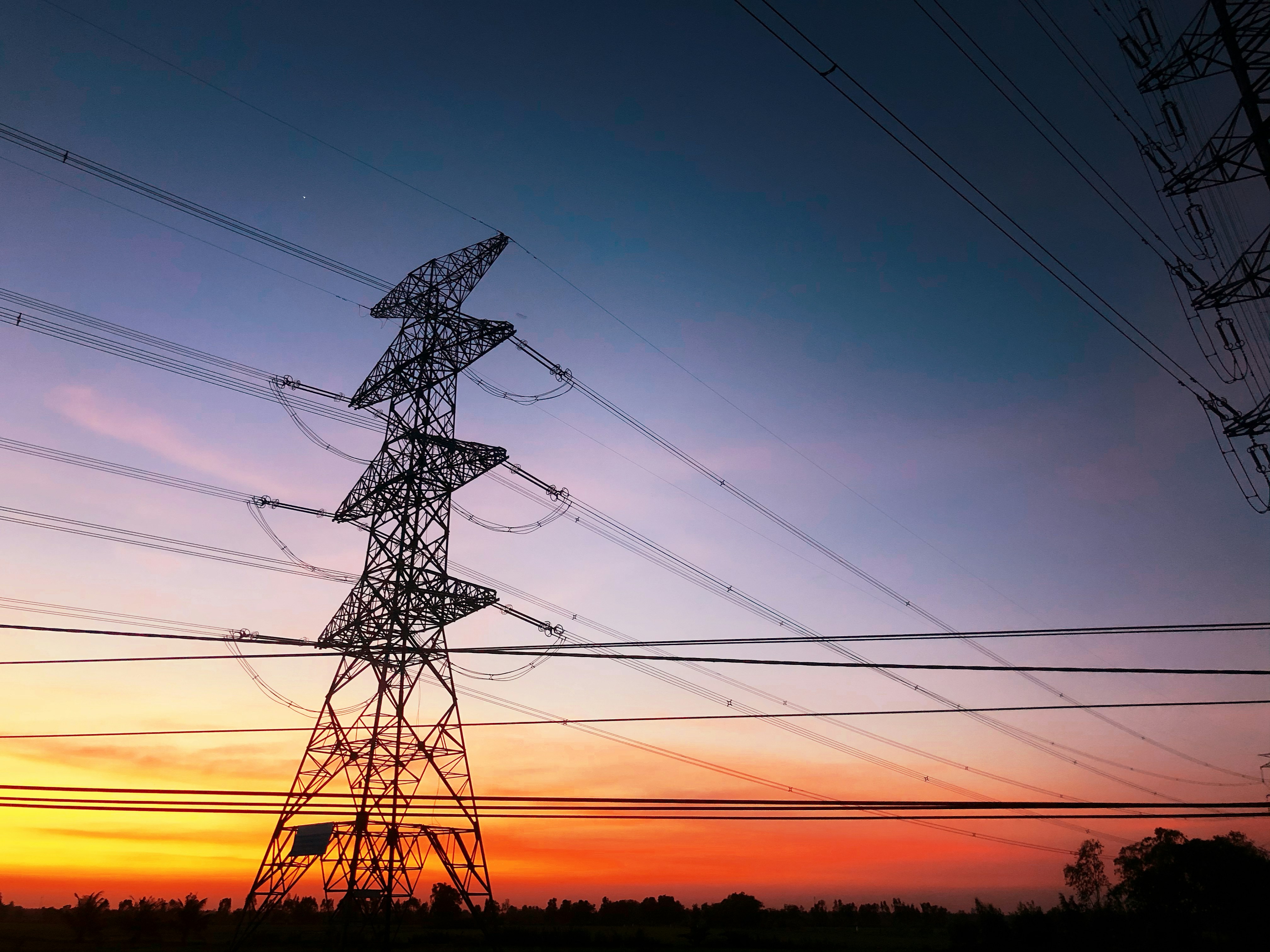Building Energy Codes: Savings Today and a Resilient Tomorrow
Let's Save Energy
Alliance to Save Energy's Blog

The Alliance to Save Energy considers building energy codes – which exist to improve building energy efficiency – to be among the most cost-effective means of lowering household utility bills, strengthening U.S. energy security and reducing harmful emissions. The building sector accounts for an incredible 40 percent of U.S. energy consumption, so every energy efficiency measure built into new homes, warehouses and skyscrapers averts loads of greenhouse gasses that would otherwise be released into the environment. Furthermore, when one takes into account the fact that buildings constructed recently will be standing 50 or more years from now, those avoided built environment emissions add up to millions of metric tons.
In the wake of extreme weather events which seem to be occurring with increasing regularity – like Hurricane Sandy and the derecho that swept through Washington, D.C. – the importance of policies that improve building resilience and lead to beneficial environmental outcomes is becoming more relevant than ever. Consensus seems to be emerging among building science experts that all building codes establishing minimum requirements for energy, health, safety and stability have a role to play going forward. The challenge, of course, is that while there seems to be wide agreement on the need for policies to improve resilience because of climate trends and weather impacts, the future is uncertain and unpredictable.
The Obama Administration is taking very seriously the risks of climate change and the damaging and disruptive effects of extreme weather on our built environment. In fact, the National Security Council and the National Institute of Building Science convened building sector stakeholders, including the Alliance, at an intensive meeting today in Washington, D.C., to discuss how codes can contribute to resilience efforts. Some important and difficult questions were raised.
· How should we construct buildings today to be resilient, habitable and productive in 50 years?
· How much risk should we tolerate?
· What role will as-of-yet undeveloped technologies play in resilience planning?
· What will extreme weather be like in 2116, compared to what we deal with today?
Participants left today’s meeting with a new sense of urgency to develop actionable solutions and to engage with and educate the public on this unprecedented set of problems.
The Alliance’s contribution to the proceedings involved discussion of building energy codes as a two-part resilience strategy focused on both climate mitigation and adaptation to a changing environment. Strong building energy codes and energy-efficient buildings reduce electricity and gas consumption, which in turn will lead to lower emissions and will help mitigate climate change risks. Simultaneously, strong energy building codes and energy-efficient buildings with good thermal envelopes (walls, ceilings, doors, windows and floors) will be a necessary part of adaption to more extreme weather, keeping habitants better insulated, both literally and figuratively.
We stand with the Obama Administration in supporting updated building energy codes and are committed to the potential of energy efficiency in resiliency efforts. With this blog post, today marks the beginning of our pledge to raise awareness of resilience in building energy codes and to drive the development of innovative policy solutions to this global problem with very local impacts.
RECENT BLOG POSTS
STAY EMPOWERED
Help the Alliance advocate for policies to use energy more efficiently – supporting job creation, reduced emissions, and lower costs. Contact your member of Congress.
Energy efficiency is smart, nonpartisan, and practical. So are we. Our strength comes from an unparalleled group of Alliance Associates working collaboratively under the Alliance umbrella to pave the way for energy efficiency gains.
The power of efficiency is in your hands. Supporting the Alliance means supporting a vision for using energy more productively to achieve economic growth, a cleaner environment, and greater energy security, affordability, and reliability.



